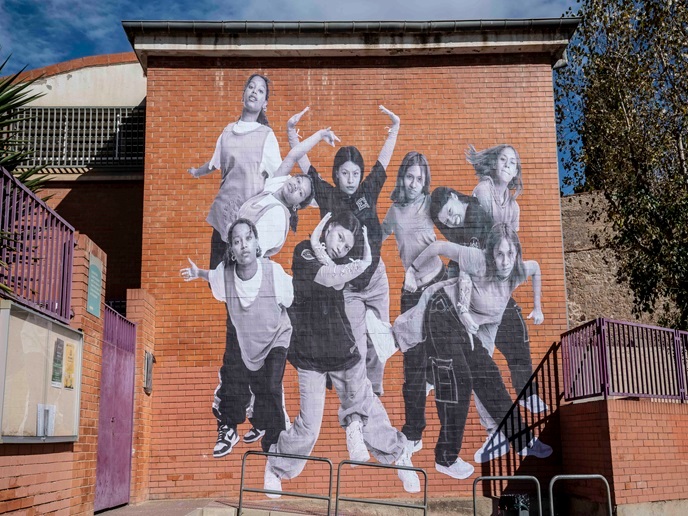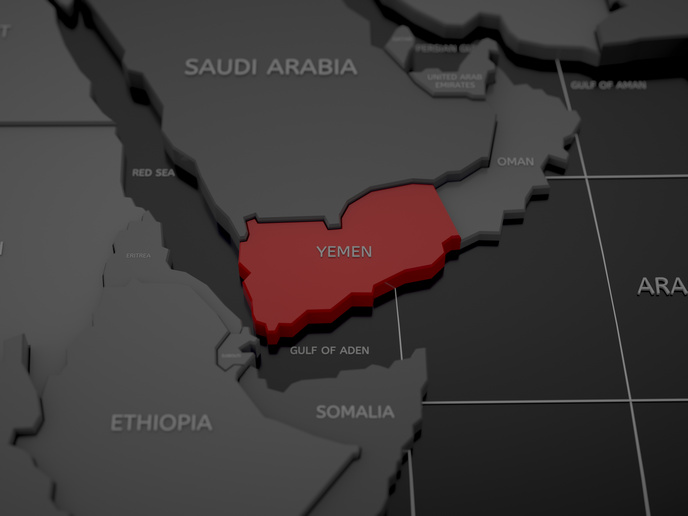Rewriting Europe’s migration stories
Migration is a deeply politicised issue across the EU. Fears about the erosion of national identity and a perceived loss of control over migration have triggered policy responses, which often exacerbate political and social tensions. BRIDGES was developed to address this problem by examining how narratives around migration are produced, and how they influence public opinion, policymaking and migrant experiences. Led by the Barcelona Centre for International Affairs (CIDOB) with support from 11 partner organisations, the project unravelled the complexities of migration narratives that exist in Europe, with the aim of promoting more informed and inclusive conversations. By examining the causes and consequences of these narratives, BRIDGES hoped to provide tools to help mitigate the undesirable outcomes of division and intolerance. Project coordinator and CIDOB senior researcher, Blanca Garcés Mascareñas, explains: “At a time when increasing polarisation, xenophobic stances and highly symbolic policies threaten to prevail, BRIDGES hoped to contribute to more inclusive and informed debates on migration.”
The power of stories
To understand how these narratives are formed, BRIDGES adopted an interdisciplinary approach, integrating insights from political science, sociology, media studies and psychology and focusing on six European countries – France, Germany, Hungary, Italy, Spain and the United Kingdom. The project had three primary objectives: generating academic insights, offering evidence-based policy recommendations and working with civil society to co-create alternative, more inclusive stories. By asking questions such as ‘who says what, when and where?’ the project revealed how certain narratives gain momentum while others are sidelined. It revealed the emotional power of storytelling and the critical role of the media and politicians in shaping these discourses.
The role of emotions
Unsurprisingly, one of the key findings from BRIDGES was the crucial role of emotions in shaping migration narratives. Research confirmed that personal stories can sway public opinion by evoking empathy or outrage. For instance, narratives of discrimination can fuel a sense of injustice, while stories of resilience can inspire solidarity. Timing also matters. The project found that migration narratives gain momentum during crises or policy changes, when actors who can respond quickly and effectively can shape public opinion and policy for years. Finally, BRIDGES highlighted the close link between media and political debate – especially during moments of crisis, or when new policies are being introduced. Extreme right politicians, in particular, use both traditional and social media to amplify polarising narratives, often sparking emotional reactions, while pro-immigration voices struggle to break through, leading to one-sided discourse that can fuel fear and misconceptions.
Bridging the gap
The numbers speak volumes: BRIDGES has disseminated 3 podcasts, 3 policy briefs, 7 op-eds, 9 infographics, 11 videos, 32 working papers and a multilingual policy toolkit. Additionally, the project set up various national workshops to engage with policymakers in France, the United Kingdom and Brussels. However, the true success of this collaborative project lies in its ability to connect different disciplines and translate research into actionable tools. By involving researchers, policymakers, artists and migrant communities, the project built vital ‘bridges’ between knowledge and practice. These collaborations also resulted in tangible outputs such as a hip-hop contest and mural, and the powerful photo exhibition ‘Out of Frame’, both of which inspired new, more inclusive migration narratives and brought stories to life in ways that resonated with the public. “Narratives of discrimination fuel a sense of injustice, while stories of resilience inspire solidarity,” adds Garcés Mascareñas. She concludes: “What made BRIDGES so successful was this building of bridges. And likewise, the timing. As migration narratives have evolved in years, the research, tools and activities from BRIDGES are needed now more than ever.”
Keywords
BRIDGES, migration, narratives, interdisciplinary, media, polarisation, identity







